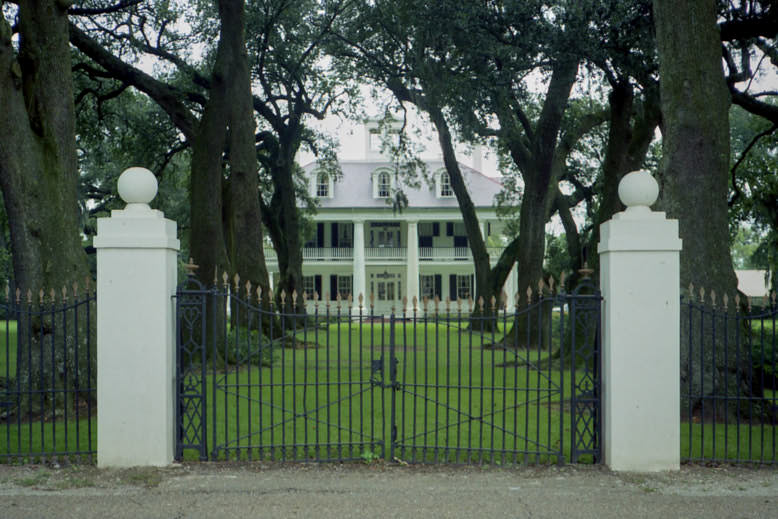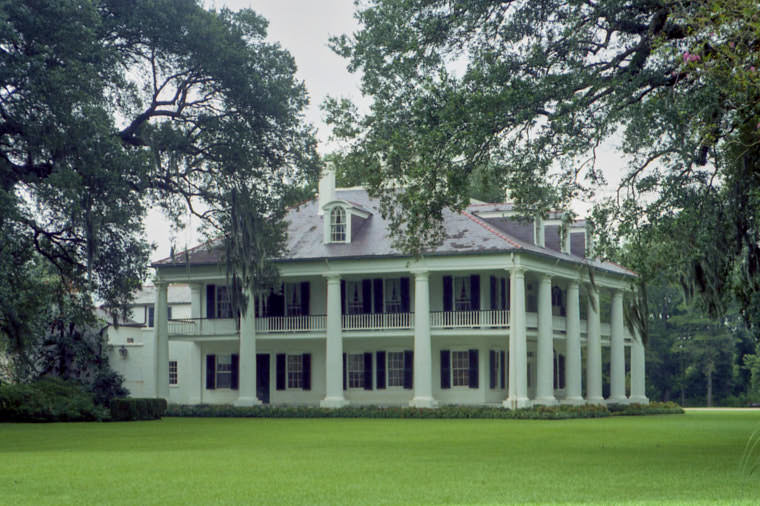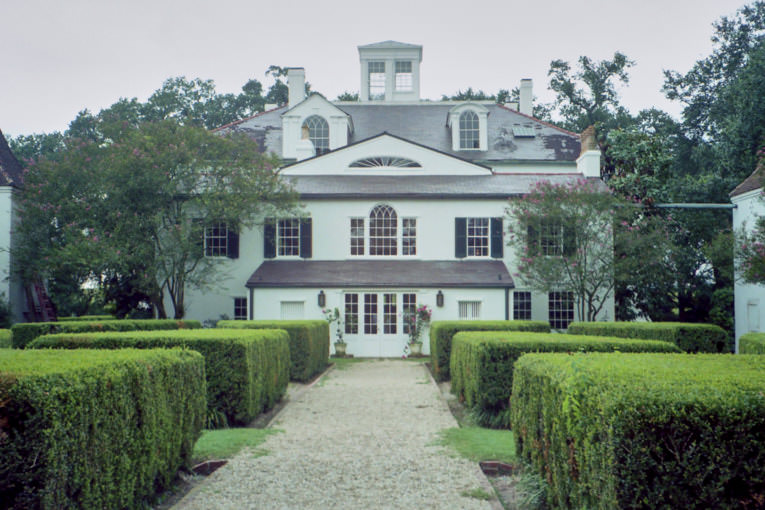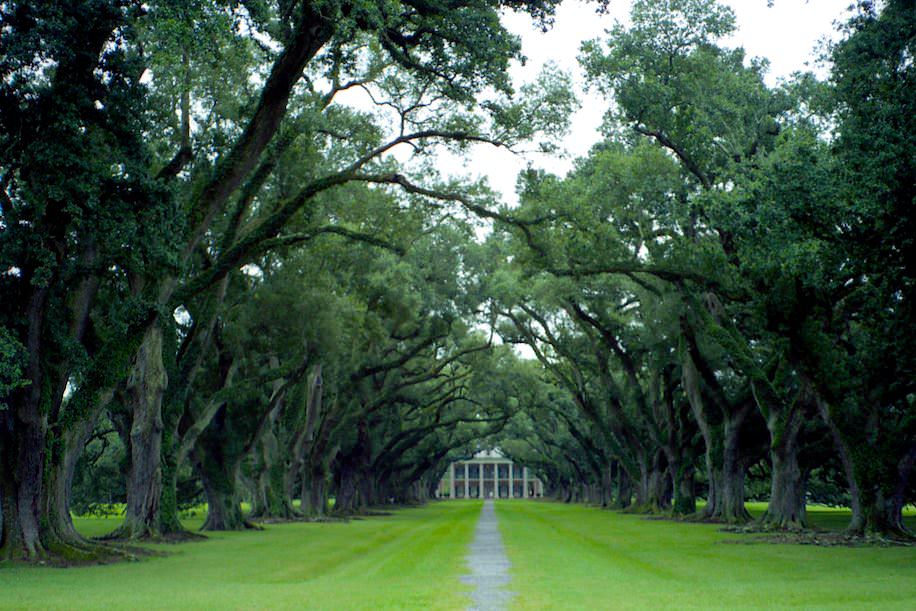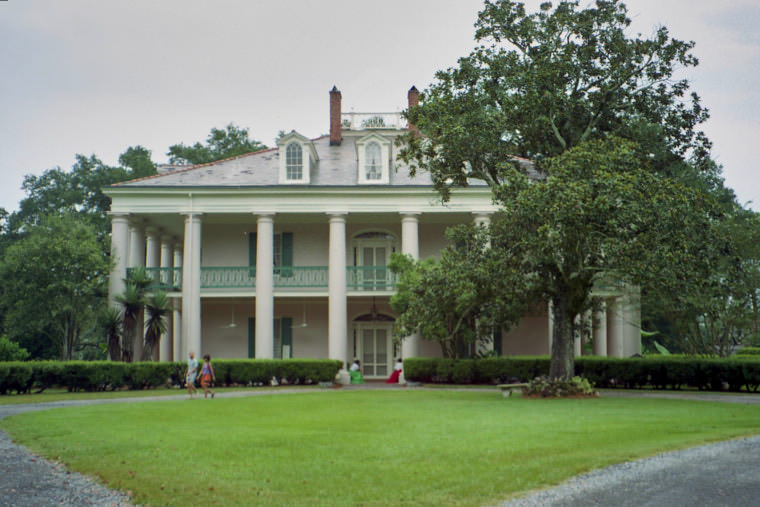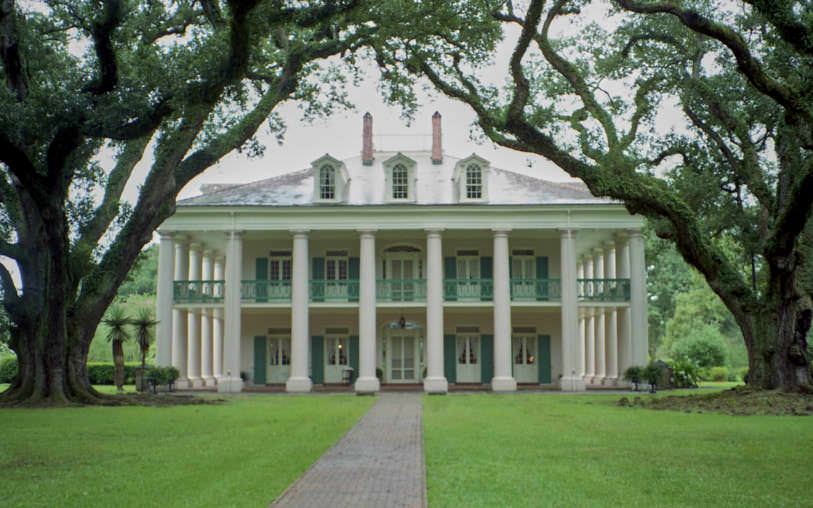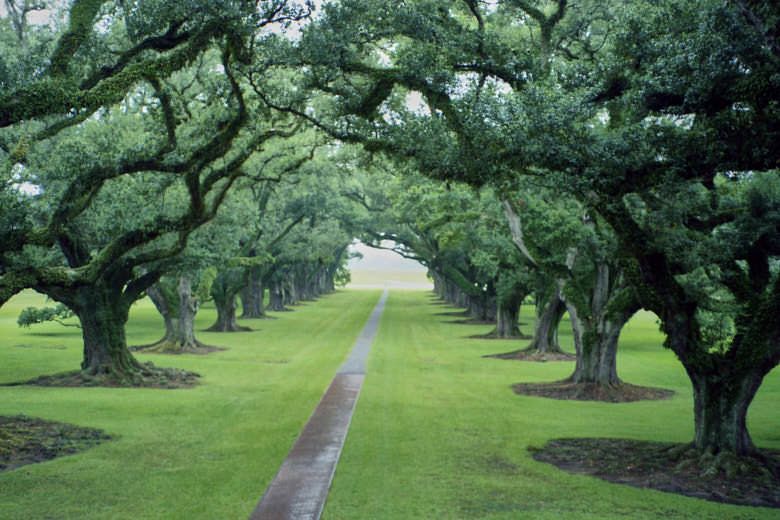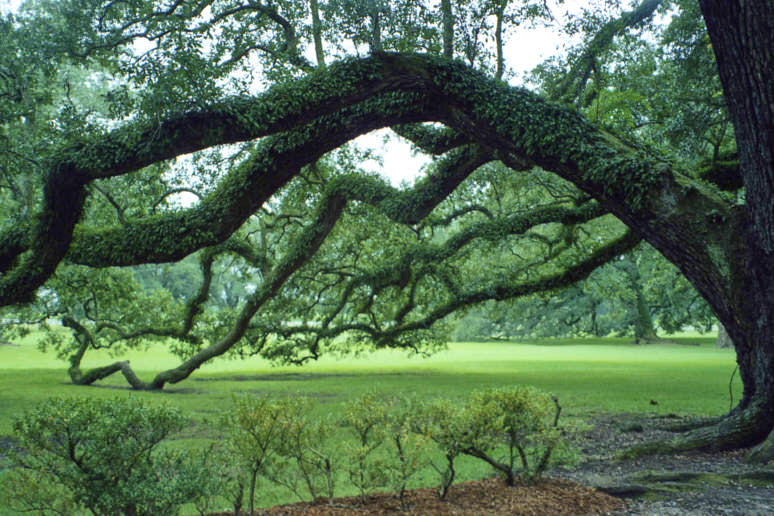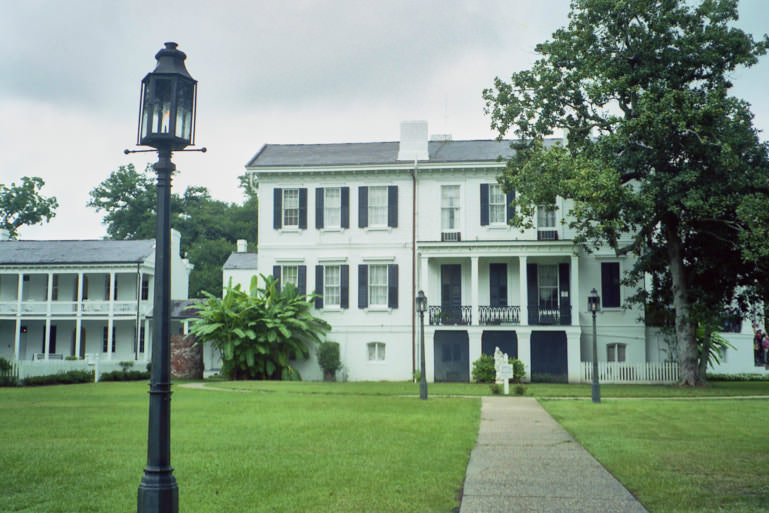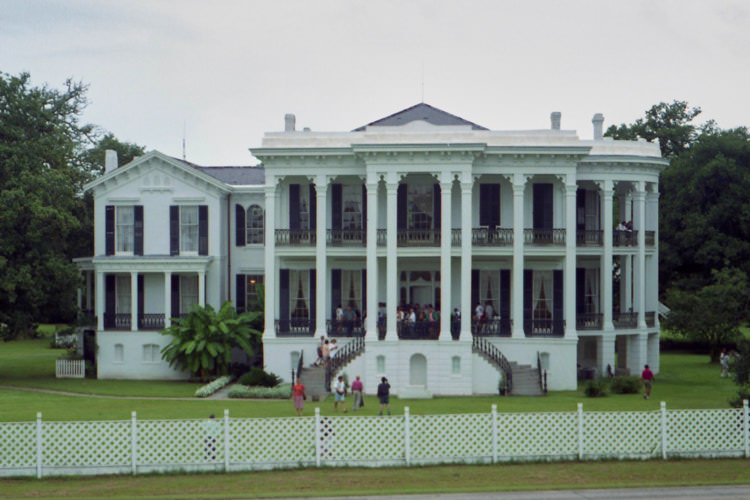Plantations
Louisiana
Houmas
Description: The Houmas was named after the Houma people, who were forced out of the area before the first plantation was built. These origins date back to 1774. Even then, sugar cane was grown on the site. In 1811, Wade Hampton purchased the site. He was one of the wealthiest landowners and slaveholders in the southern U.S. In 1825, his son-in-law took over the property and built the present house. Houma's house is still privately owned today and can be visited. The plantation has been on the National Register of Historic Places since 1880.
Our rating: The plantations along the Mississippi River were definitely one of our must see during a visit to Louisiana. We felt it was very interesting to learn more about the plantation owners and the history of slavery. Even if the houses are really very pretty, the stories that happened behind the curtains still remain. Much remains to be learned and worked through.
Entrance fees and opening hours
- 24$/person
- Open daily from 9 am - 5 pm.
For the GPS: 40136 LA-942, Darrow, LA 70725
Oak Alley
Description: The most striking and also the most famous thing about Oak Alley are certainly the imposing oak avenues. It is over 300m long and was laid out in the early 18th century, long before the present house was built.
The plantation was founded in 1830 by Valxour Aime, the King of Sugar built as a sugar cane plantation. His successor then built the present house.
Oak Alley can also be visited. There are also cottages on the site where you can stay overnight.
Our rating: Oak Alley is just something special. It's almost something out of another world, like walking through a movie set. The trees are just so great and you almost wish they could talk and tell their stories from the last 300 years. Honestly, we don't really remember what the house was like, because the trees were definitely in the foreground here.
Entrance fees and opening hours
- 25$/person
- Open daily from 9 am - 5 pm.
For the GPS: 3645 LA-18, Vacherie, LA 70090
Nottoway
Description: Nottoway was occupied by John Hampden Randolph and his family in 1859, after 10 years of construction. When the widow of the builder could no longer manage the property alone after his death, it was sold at the beginning of the 20th century. Subsequently, it changed hands several times. Today the estate is managed and operated by a foundation. You can visit Nottoway, spend the night here or rent it for private parties.
Our rating: During our visit in August 1994, Nottoway was definitely the busiest plantation we visited. There was a lot going on here. Apart from that, we also found this plantation very interesting, especially because it is located directly on the Mississippi and was beautifully maintained. We can definitely recommend a visit to this plantation as well. On a possible next visit, we will perhaps also spend the night here.
Entrance fees and opening hours
- 20$/person
- Open daily from 9 am - 4 pm.
For the GPS: 31025 LA-1, White Castle, LA 70788

